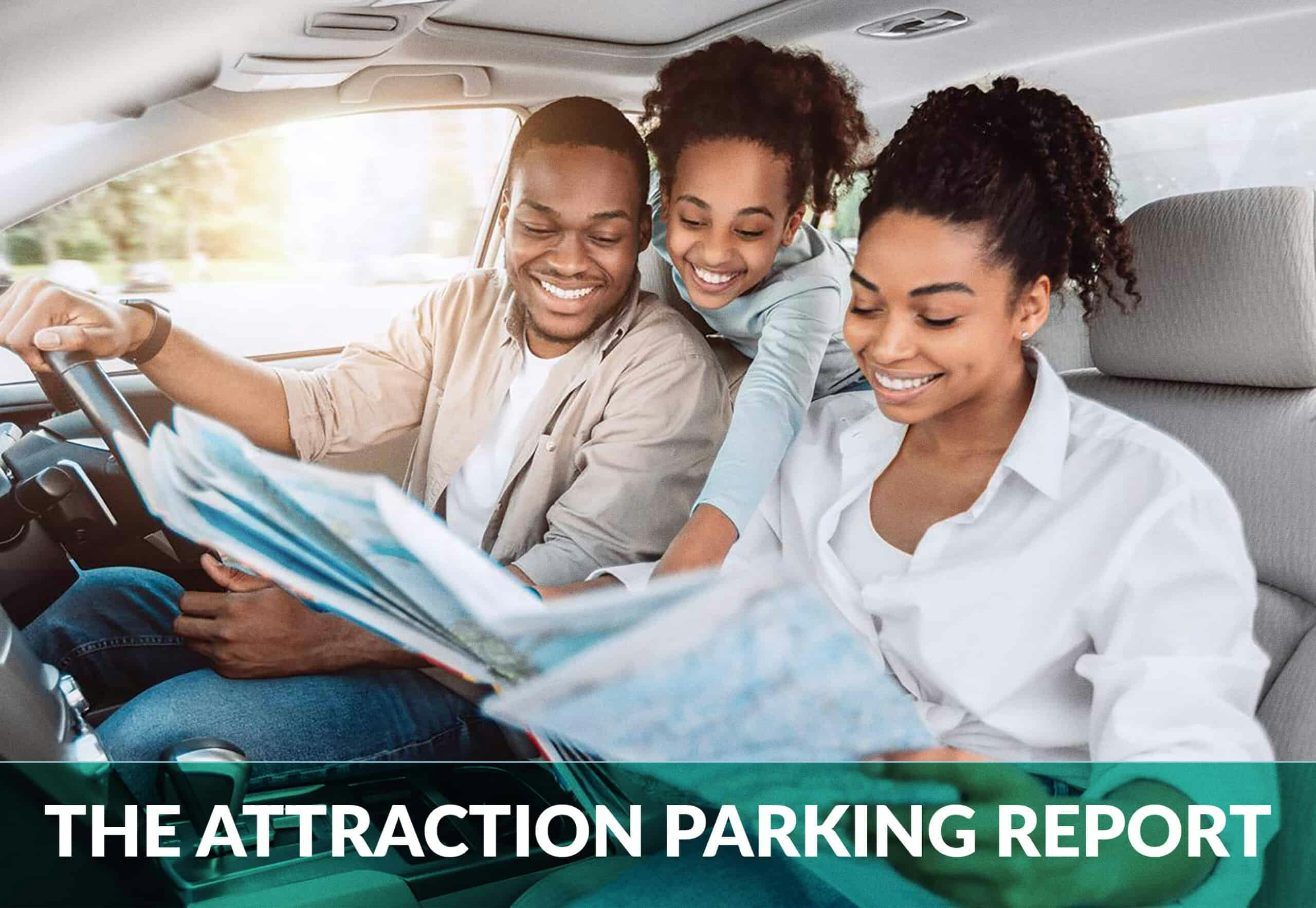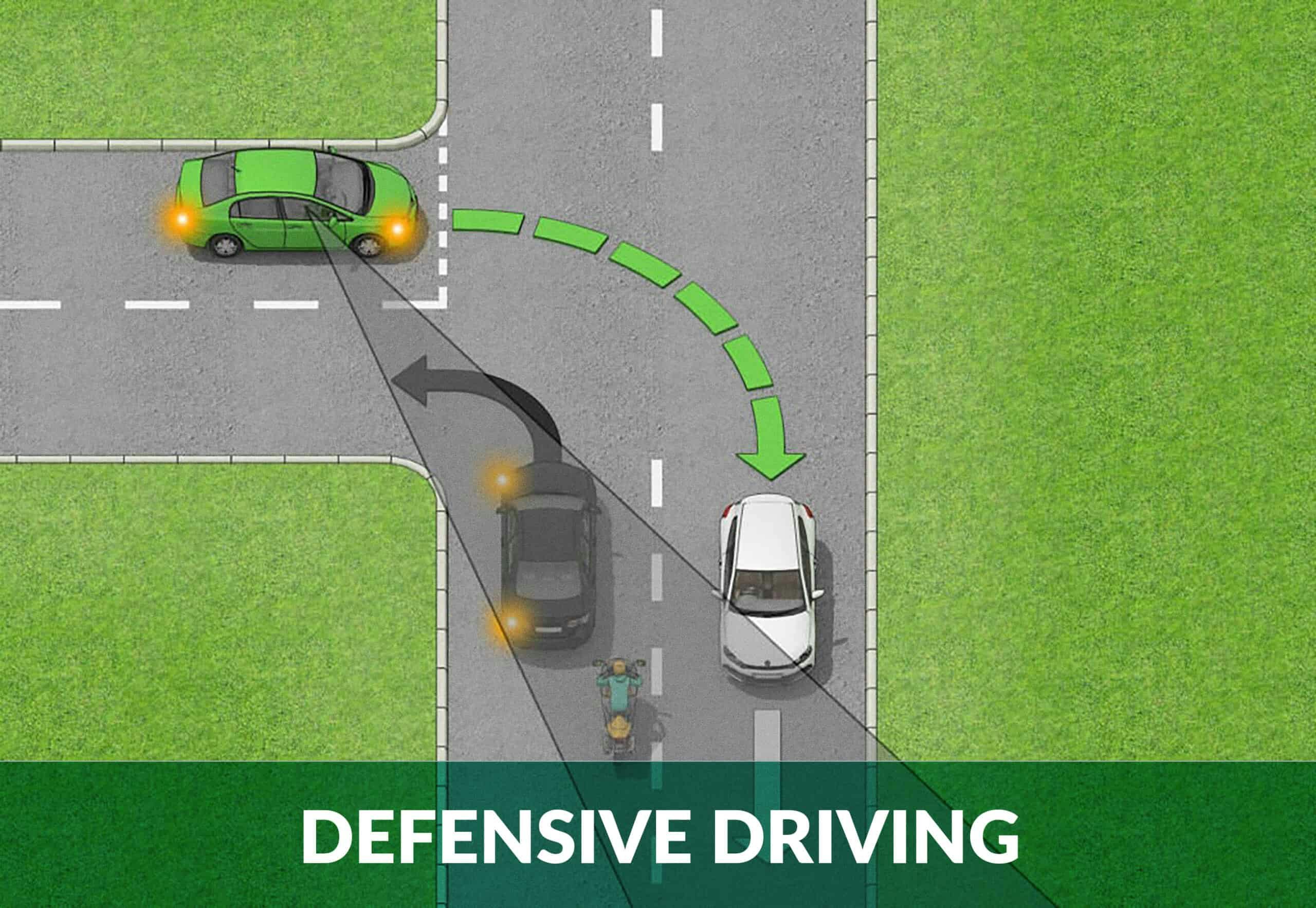
What is Defensive Driving? Learn 6 Great Tips on How to Drive Defensively
Young and inexperienced drivers in Australia are more than 2.5x as likely to be involved in a fatal crash compared to more experienced drivers. These drivers are overrepresented in accidents that occur because of factors such as driver fatigue, being distracted while driving, or driving too fast. An easy way to improve everyone’s safety on the roads is to cooperate and help each other by driving defensively.
But what does defensive driving mean? And how do you drive defensively?
What is Defensive Driving?
Defensive driving is about using a number of safe driving techniques that enable you to identify hazards and adapt your driving before you are at risk of an accident. It’s about anticipating hazardous situations and making safe decisions based on the situation and road conditions. By learning defensive driving, you can minimise the risk of being involved in a crash as a result of your own or someone else’s error.
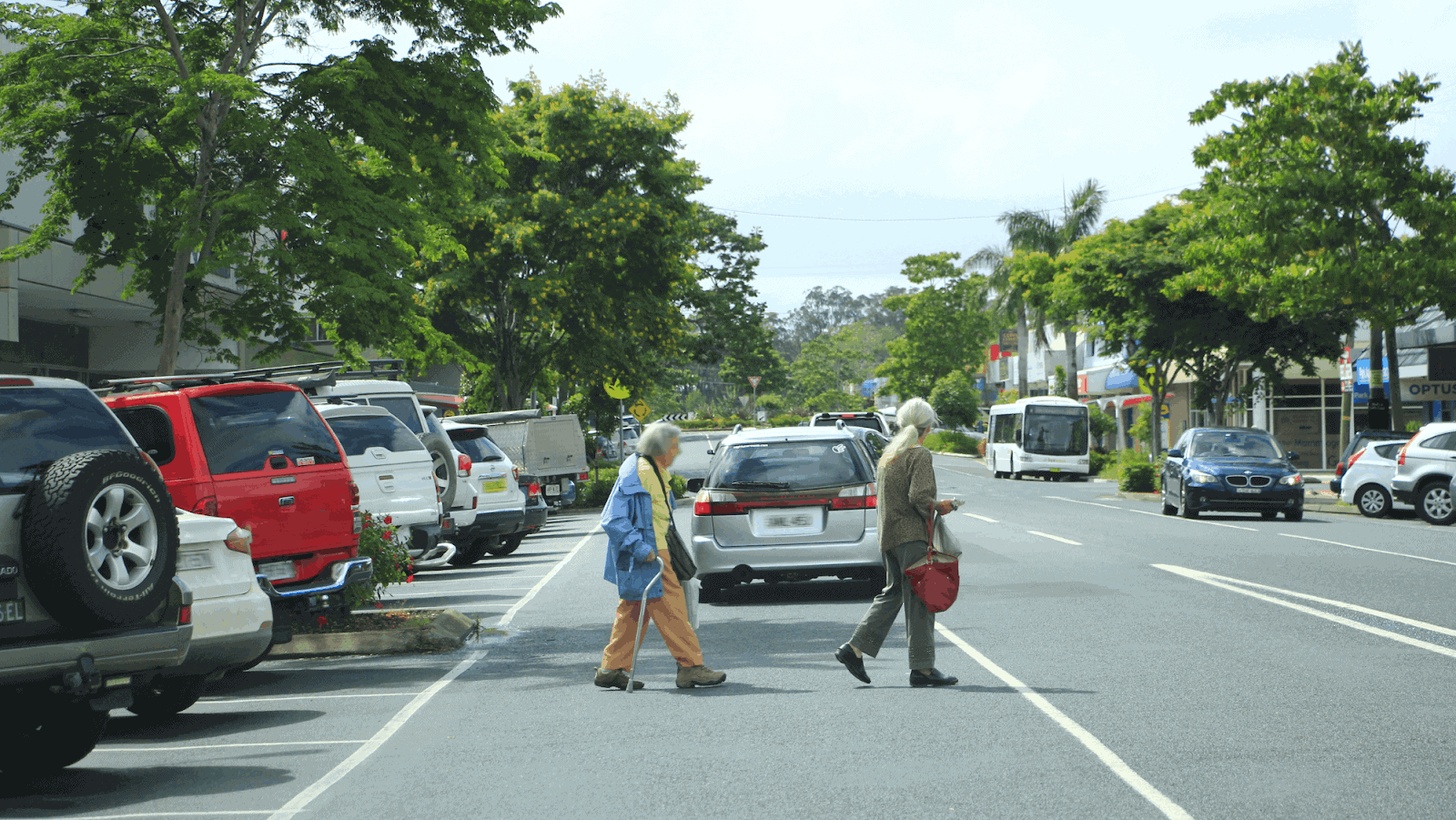
How to Drive Defensively
Driving is a privilege, not a right. By driving defensively, you will help create a safer road environment and drastically reduce the risk of being involved in an accident. There is, in essence, nothing you lose by driving defensively – it’s simply a matter of getting used to it. If every driver learned defensive driving, it would be possible to essentially eliminate most of the common accidents that are a result of tailgating or an insufficient safety margin around your car.
We’ll go through the best defensive driving tips below.
- Keep a sufficient following distance
- Signal before changing lanes or turning
- Never exceed the safe speed
- Plan ahead
- Scan your surroundings
- Know your driving theory
1 – Keep a sufficient following distance
The more space you leave to the vehicle in front, the more time you’ll have to react and respond to a dangerous situation. Failure to leave enough space in front is called tailgating and is a very common cause of rear-end crashes.

A general rule is to have at least a 3-second gap to the vehicle in front of you in good conditions, called the “three-second rule”. You can measure your gap by a simple test:
- Note when the vehicle in front of you passes an object (e.g. road sign, building etc.) and count the seconds until you pass the same object.
- If less than 3 seconds, slow down to increase the following distance.
A fit and alert driver requires about 1 second to react to a hazard, and responding also takes time. Braking will often be the only appropriate response to avoid a severe crash as swerving may result in a more severe crash. Remember that conditions are rarely perfect and you might need a much longer time to react and respond safely.
2 – Signal before changing lanes or turning
Many drivers don’t signal if they believe they can change lanes or turn without interfering with other drivers. It’s one of the most stupid ways to cause a crash since it could have been so easily avoided. By signalling before you change lanes or make a turn, you will clearly show your intention to move to other vehicles (even those you can’t see!).
Get into the habit of signalling at all times. It’s more important than you might think.
3 – Never exceed the safe speed
Speed makes a very big difference to your ability to stop in time and a significant difference to your chance of being involved in a crash. You should never drive faster than what is “reasonable and safe” for the current condition – it does not matter if the speed limit is higher.
For example; in less favourable conditions, you may be forced to drive much slower than the posted speed limit to give you time to stop for a hazard.

How Speed Affects the Stopping Distance
Small increases in speed also affect stopping distance. Increasing your speed just 15 mph from 80 km/h to 95 km/h increases the total stopping distance by up to 40%. In general, doubling the speed increases the braking distance four times, and tripling the speed increases the braking distance by nine times. That puts the danger of speed into perspective.
Here are two useful examples:
- At 50 km/h, you need around 34m to come to a complete stop (21m to react and 12.5m to brake) in good conditions.
- At 100 km/h, you need around 92m to come to a complete stop (42m to react and 50m to brake) in good conditions.
4 – Plan ahead
An important aspect of defensive driving is to plan ahead. You need to start slowing down in time, change gears, and decide if stopping is necessary.
You will sometimes face situations with dangers on both sides of the road. Assess whether any danger is greater and requires more room, and position your vehicle accordingly. If both dangers are equally dangerous, position yourself in the middle.
Let’s take an example. Assume there are parked cars to your left and a child playing on the road to the right. The child most likely presents the greater danger and you should, therefore, slow down and position your vehicle away from the child.
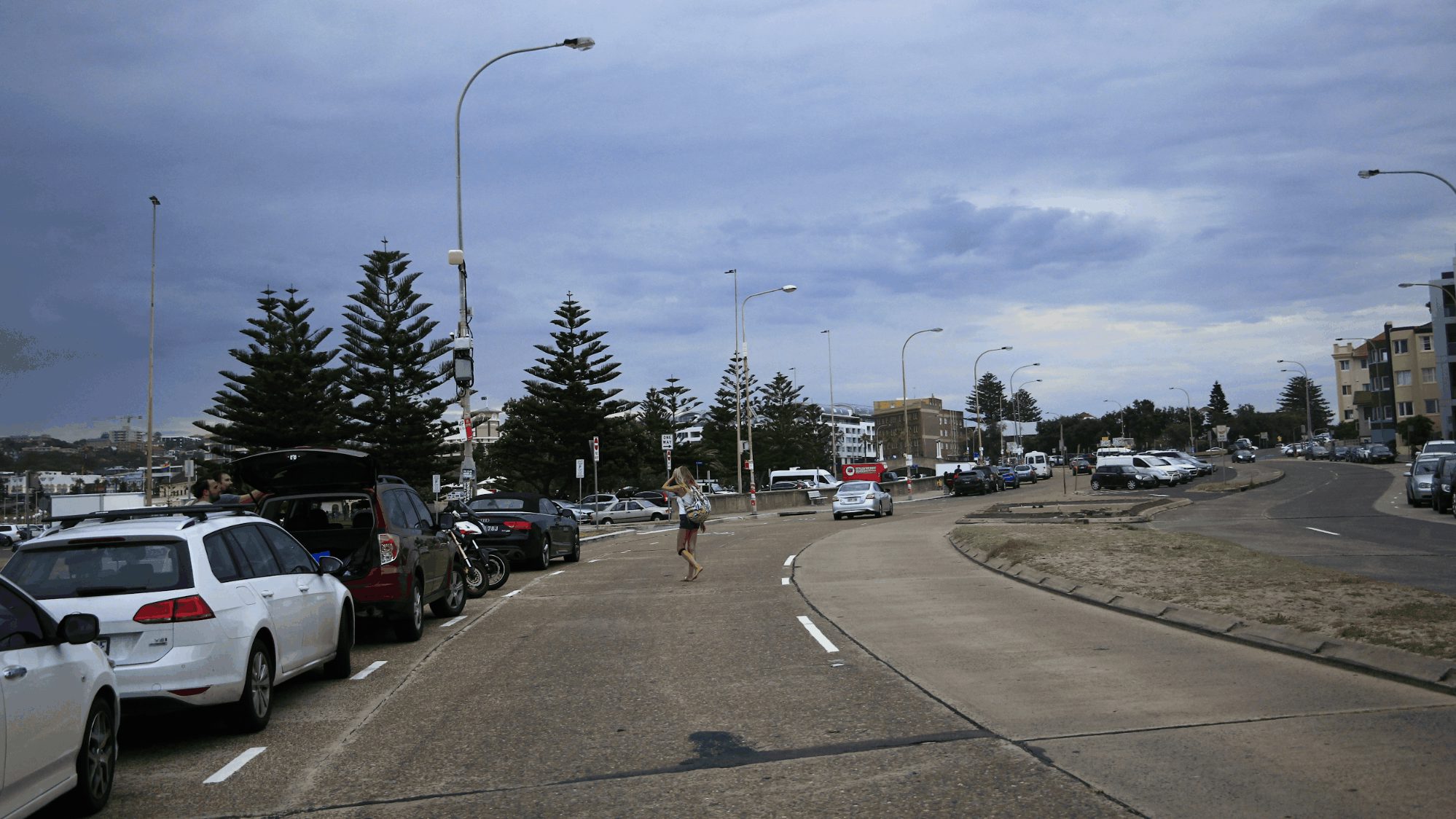
5 – Scan your surroundings
You need to be aware of how road users and pedestrians around you are behaving to adapt your driving. A pedestrian may be about to cross the road, a car may be tailgating you, or a car near you may suddenly change lanes.
By constantly scanning using your mirrors and looking to the sides you should be able to keep a safety margin around your vehicle. The safety margin can be likened to a ‘buffer’ between yourself and potential hazards that gives you time to react to hazards around you.
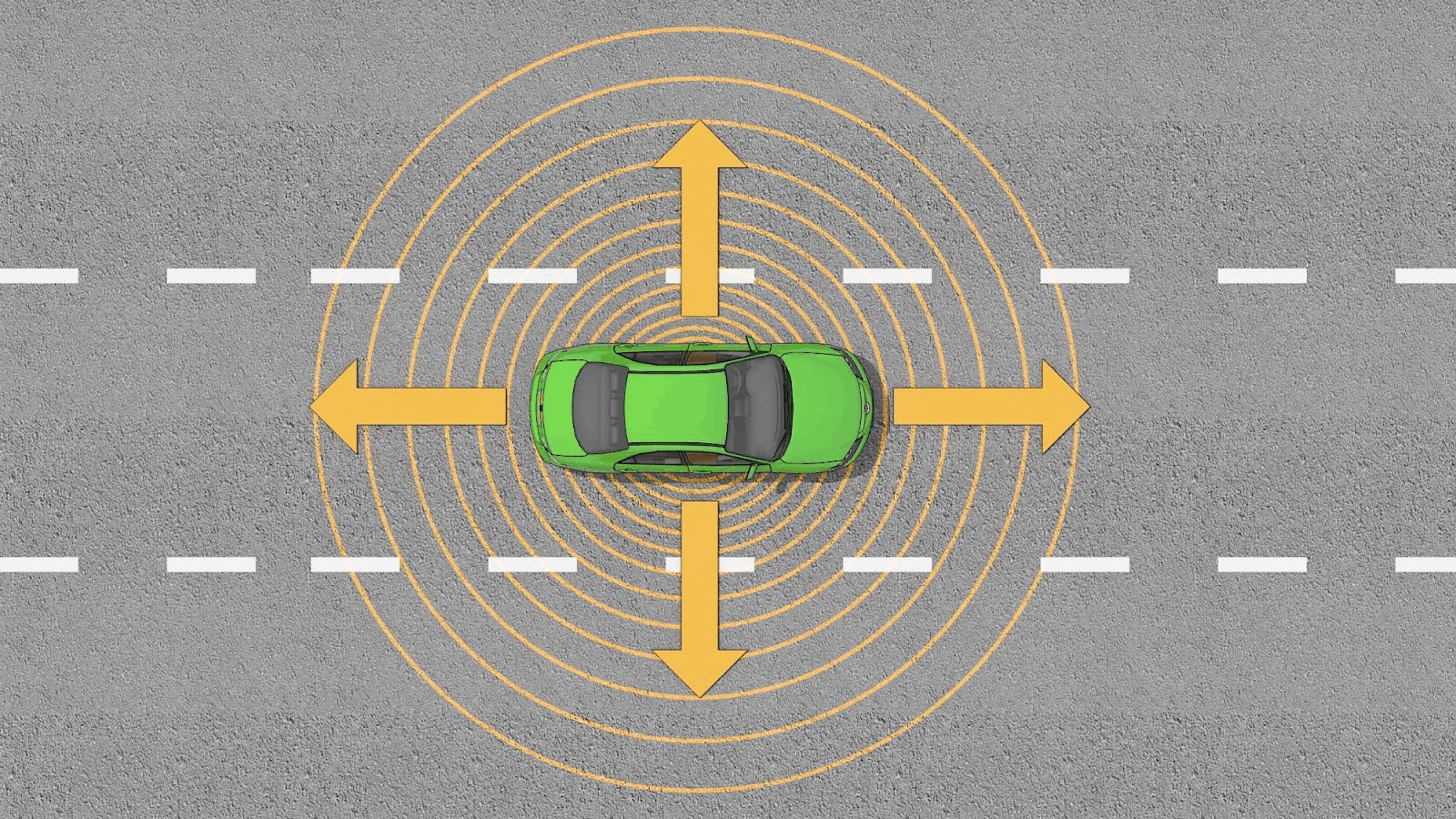
How large a safety margin you need is determined by a combination of the time you need to react and the time you need to respond. Your safety margin must be large enough so that you have time to react and safely stop (or steer away) to avoid a collision.
6 – Know your driving theory
While it may be obvious that you should be well aware of the driving theory applicable in your state, it bears to repeat as many drivers learn just the bare minimum to pass their learners test (or have forgotten the road rules…). This may seem like a good short-term solution, but you will become a dangerous driver if you don’t know the rules of the road by heart.
What Can You Do About It?
If you feel that you are unsure about the rules of the road at any point in time, make sure you read through the driver’s manual for your state to refresh your memory. It should drastically increase your safety on the roads. If you want to be on the safe side, take a Zutobi Drivers Ed Refresher Course – all our refresher courses contain a summarised version of your state’s handbook but without the unnecessary drivel. It’s a complete all-in-one course that works great to use to prep for the learner’s test or as a refresher.

550+ exam-like questions
All you need to ace your test
Free trial
Recommended articles
Ace your learners test, guaranteed
Want to Be the Top School in Your Area?
- Simple & automated admin
- More time for teaching
- #1 learning materials for students

